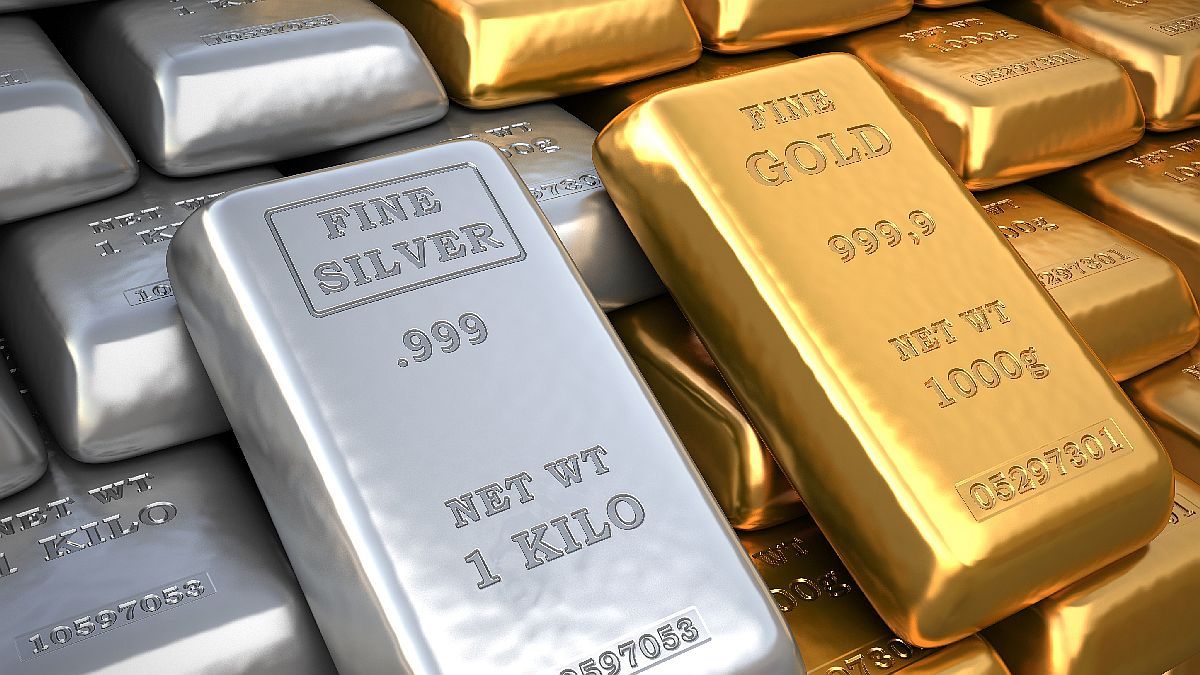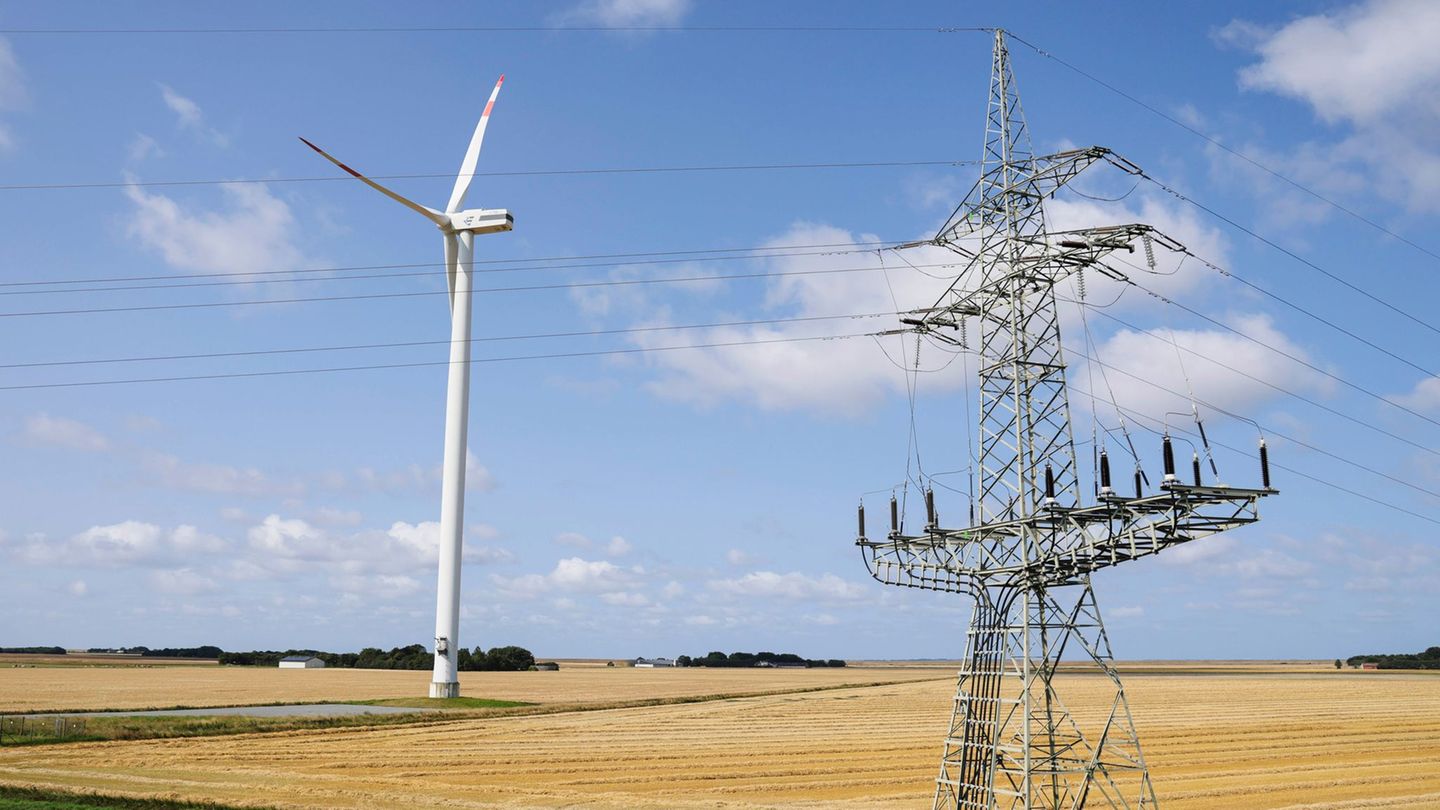Closed the first part of the year, it is time to balances. On the side of the “commodities” market some surprises arise. What are the perspectives of the winners and losers?
In the raw material investments menu the balance of the first semester of 2025 throws a broad domain of precious metals (gold, silver, platinum and paladium) over the complex of “commodities” as a whole, from industrial metals to energy and agricultural. When taking as reference the “periodic table of commodities return” of the users of US Global Investors (USGI) it is observed that The platinum shot almost 50%in the first half of the year, followed by gold (+26%), silver (+25%) and paladium (+21%). While copper had its own outstanding performance, driven by the growing industrial demand and geopolitical catalysts, with more than 16%.
The content you want to access is exclusive to subscribers.
To have an idea of how the rest of the main raw materials behaved it is worth noting that The once star, the lithium, which has been dragging two years in a row, in the first semester almost 18.7%fell. Among cereals, for example, Wheat and corn accumulate a fall of more than 4% and 8% respectively. Let’s look at each particular case of the best yields.


- Platinum has been the 2025 revelation star: After years of contributions within a fluctuation range, platinum finally experienced a spectacular rise. The metal fired just over US $ 900 last January to about US $ 1,360 at the end of last June, which represents a profit of 49.8%. Only in the second quarter, it rose 35.8%, closing the quarter at a price not seen since 2014. An important factor of the increase was the shortage of supply. As explained by the World Investment Council (WPPP), Platinum’s offer has been historically inelastic in terms of short -term prices. “Even with the increase in prices, production remained slow, which caused persistent imbalances in the market. At the same time, demand remained firm, covering industrial applications, jewelry and its emerging role in green hydrogen technologies”they point out from USGI. But unlike its cousin, the paladium, which depends largely on the manufacture of gasoline vehicles, platinum benefits from a broader demand. It is used in diesel catalytic converters, fuel batteries and other materials. And as the world advances towards decarbonization, the future of platinum in hydrogen energy systems makes it an increasingly strategic material.
- Gold remains the safe shelter par excellence: Gold has always been an uncertainty barometer and, in 2025, investors had many reasons to be insecure. Geopolitical tensions exploded again in the Middle East, with the intensification of the conflict between Israel and Iran. Only last April, gold reached five historical maximums. At the end of last June, he had risen 25.9%, exceeding US $ 300 per ounce. Since the central banks continue to buy record amounts of bilges, especially in emerging markets, NUGU analysts believe that The precious metal remains a clear beneficiary of macroeconomic concerns. In this sense, the ETF funds with physical support attracted the impressive figure of US $ 38 billion in tickets during the first half of the year, which marks the best performance from the rebound driven by the pandemic in the first half of 2020. North American investors led the trend, contributing US $ 21,000 million. While the volume of operations shot in all areas, reaching an average of US $ 329,000 million daily worldwide, a new record, according to the WGC. On the other hand, there is another trend in progress, defolarization. Since the United States and its allies froze the assets of the Russian Central Bank in 2022, many countries have become increasingly reluctant to maintain reservations called dollars. Gold, on the other hand, is considered politically neutral, and the central banks have responded to the precious metal at an unprecedented rate. In fact, the institutions bought more in the last four years than in the previous two together.
- The double paper of silver as precious and industrial metal: The history of La Plata is a bit different, but no less convincing. It often takes advantage of gold, and in 2025, it has followed the pace of the yellow metal, climbing almost 25% until last June. La Plata briefly exceeded US $ 37 in mid -June, levels not seen since 2011, before stabilizing around US $ 36. White metal benefits from its double function as precious and industrial metal since demand is increasing in green energy applications, particularly in solar panels and battery storage. Since the demand for gold by the central banks continues to exceed that of La Plata, USGI experts believe that it is undervalued in relative terms. A return to the Historical Gold-Plata relationship (around 80) could take the money again to its historical maximum of US $50, risk from USGI.
- Copper, the metal of the future: Although it is not a precious metal, copper deserves a special mention. The first semester ended with an increase of 16.2%, which makes it the base metal with the best performance. Now, what promotes copper’s rebound is nothing other than a combination of fears about supply, a strong demand for artificial intelligence (AI) and data centers, and Washington’s political noise. The recent and surprising announcement of President Donald Trump of a 50% tariff to the copper imported raised the futures of the American copper to historical maximums, adding new volatility to an already adjusted market. And with the world supply struggling to follow the rhythm of demand, the long -term fundamentals of copper look very solid. From USGI they project that only data centers will require 127,000 megawatts (MW) of energy by 2029, compared to 82,000 this year. Each capacity megavatio requires about 27 copper metric tons. This without counting the vital role of metal in electric vehicles (VE), the modernization of the electricity and semiconductors.
What happened to the rest of the raw materials? Energy and agriculture were lagging
Not all raw materials benefited from rebound. Several energy and agricultural products closed the first semester in red numbers. Even Lithiumthat in his day he was the favorite of the boom of electric vehicles, Almost 19%fell, a reflection of the decrease in battery demand and the excess supply of the main producers of China and South America. For “opposites” investors, this could be an area to take into account in search of opportunities in the second half of the year.
The balance of the first semester states that raw materials deserve a strategic place in a well -diversified portfolio. Precious metals have once again demonstrated their value as reliable coverage against inflation and geopolitical concerns. Central banks and fiscal imbalances continue to boost long -term demand, especially gold and platinum. While industrial metals such as copper are benefiting from secular changes in technology and electrification. While energy and agriculture experienced difficulties, these sectors could offer attractive entry points for investors with a broader temporal horizonsays USGI. We will see.
Source: Ambito




